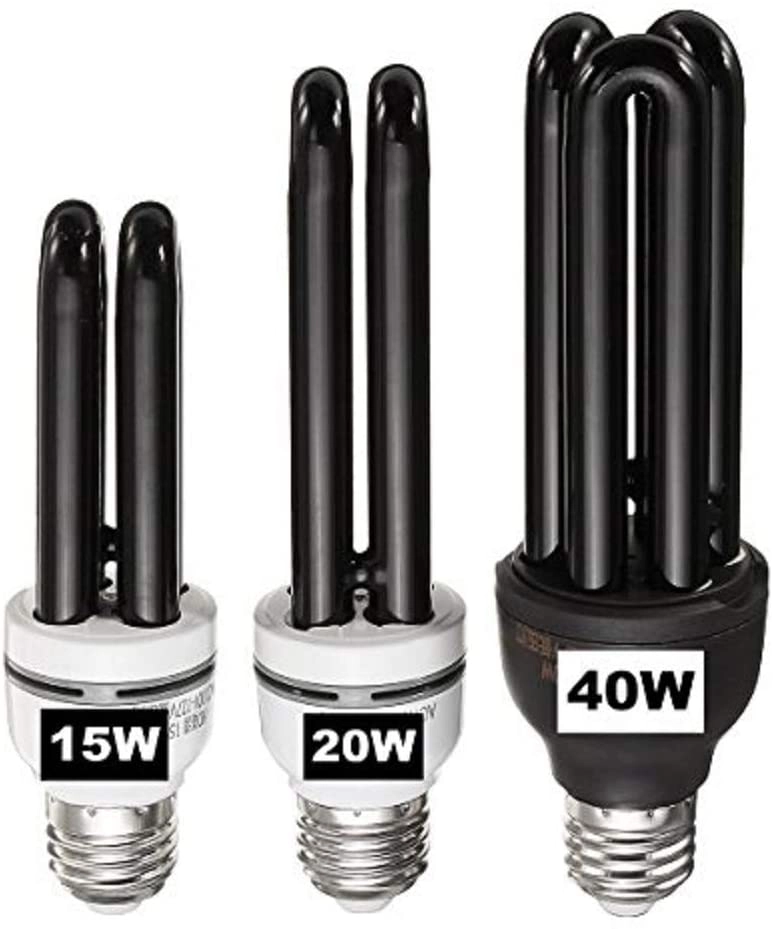
Here is a fluorescent potion for Halloween. Disgustingly greenish and glowing in the dark. But it’s also abominably delicious and perfect for surprising your friends this Halloween.
You will need:
- 100 g of Lemon sherbet
- 250 ml of Limonade
- 100 ml of Canada Dry
- 250 g of Tonic water
- Green food coloring
- Candies in the shape of spiders or slimy worms
- Black light

From 7 years old

Difficulty : easy

This experience requires the help of an adult
Buy online

Let's experiment

In a large bowl, mix 100g of lemon sherbet, 250 ml of lemonade, 100 ml of Canada dry, and 250 ml of Tonic.
Mix it all with a mixer or a soup mixer and serve immediately in large glasses.
For a touch of originality and horror, add gooey candies in the shape of spiders or earthworms.


Turn on the black light and turn off the other lights! What do you see? Your drink glows in the dark! It fluoresces!

Understand the experiment

Quinine as the basis of your fluorescent potion for Halloween
Tonic contains a molecule called quinine. This molecule, when subjected to ultraviolet light (UVs) emitted by the “black lamp”, is excited. Nature tends that any excited molecule returns to its equilibrium point. To “de-excite”, quinine releases the excess energy partly as heat and the rest as blue light. This is called fluorescence. This is why you obtain a fluorescent potion.
The blue light is of lower energy than the ultraviolet light emitted by the black lamp.
What is black light?
Ultraviolet light is very energetic radiation but is completely invisible to our eyes. Unlike white light, which contains all the colors of the rainbow, our eyes cannot detect UV, which is why the lamp is called a black light lamp.
Did you know?
In 2017, researchers discover a fluorescent frog
There are some species of fluorescent plants. But more rarely animals. But what a surprise it was for Argentine researchers when they studied the spotted tree frog. While this frog displays a green color in daylight, it turns blue when illuminated by UV light.
This is the first fluorescent amphibian detected on earth. Isn’t it wonderful?

Soap bubbles to make invitation cards
Soap is a lot more fun than you can imagine. Use its exceptional power to create multicolor and original invitation cards by taking advantage of the science behind tensioactive properties! […]

A treasure map with invisible ink
Invisible ink is very useful for drawing treasure maps or writing secret messages. Only those who know chemistry will find a way to reveal your message. Let’s use onion juice to prepare the invisible ink. […]

Yeast’s inflating power
Here is a great and visual experience for you to discover the secret world of bacteria. They are very useful to us and we use them in many cooking recipes, for example. Watch how bacteria turn sugar into alcohol and carbon dioxide using a simple soda bottle and a balloon.
It’s a great way to identify which drinks have sugar and which doesn’t. […]





